Andean Innovation: Silks spun from fruit and gold woven with coconut fibers
Today, hailing a brand as innovative can feel cliché. The adjective has been so overused by companies competing hard for our attention, that it’s been left depleted of the depth and gravitas it’s intended to convey.
At Aracari Shop though, innovation is used sparingly in our vocabulary. Our curators know radical ingenuity from novelty gimmick – which is why here in our space, this special phrase remains loaded with meaning. Deployed only when a designer or artist is truly innovative in the most profound sense of the word.
It's in the same breath then that we introduce two of the latest designers to join our online curation of Andean luxury. Danielle Lafaurie – a Colombian designer whose intricate jewelry is created by first weaving the design in the strings of coconut palm before being dipped in the precious metal. Alongside Peruvian fashion designer Susan Wagner, whose latest collection is made using a one-of-a-kind vegetable silk, spun from fibers found in the fruits of the Peruvian Ceibo tree.
“I have always looked for alternative materials; natural cotton, alpaca, native cotton – things that are very traditional, and native to Peru,” begins Susan Wagner telling us of her latest CEIBO collection. “I am now developing a new vegetable silk made from Ceibo tree fibers found in the dry forests in Bolívar, Northern Peru.”
“I started this unique fabric by mixing the fruit fibers with regenerative organic cotton that uses only rainwater to grow, produced by a little factory near the remote San Martin rainforest in Peru. Once collected the fiber is hand-woven by women in Lima, before the garments are naturally dyed in the communities of Chinchero in the Andes and Nomatsigenga, in the Amazon of Peru.”
For Danielle Lafaurie too, inspiration comes from the rich cultural history of her homeland. “I began by looking for animal figurines woven by indigenous communities across Colombia in different natural fibers such as coconut palm, iraca, and cumare.”
“What makes the region unique is the variety of cultures found here, and the possibility of collaborating traditional techniques and contemporary design is fascinating,” says Danielle. “This sparked the idea to turn these figures into jewels, we dip the woven animals in copper and then gold or silver. It is how we magnify the craftsmanship and give a new life to the object.”






